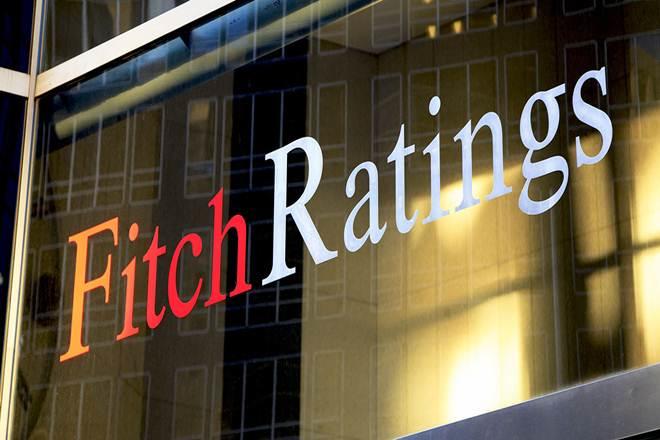The Sri Lankan government’s latest budget indicates that the authorities remain committed to reducing government debt/GDP over the medium term after beating their targets in the 2025 budget. Fitch Ratings believes sustained strong revenue performance will remain key to meeting the government’s fiscal goals.
The budget, unveiled on 7 November, targets a deficit of 5.1% of GDP in 2026, wider than the 4.5% that the government expects in 2025. The original deficit target for 2025 in last year’s budget was 6.7% of GDP, but in March the IMF projected a lower figure of 5.4%. The latest budget forecasts the primary balance before interest payments will remain in surplus at 2.5% of GDP in 2026, down from an expected 3.8% in 2025, but still above the 2.3% target under Sri Lanka’s IMF programme. The government aims to reduce the fiscal deficit to 3.8% of GDP by 2030 under its medium-term fiscal framework.
Continuing to meet the key fiscal markers laid out in the IMF programme would help the authorities to improve Sri Lanka’s policy-making record. Macroeconomic stability would also benefit. The official budget deficit projection for 2026 is wider than the 4.6% of GDP that we anticipated when we affirmed Sri Lanka’s rating at ‘CCC+’ in October 2025, and the primary surplus is marginally lower. However, the effect on Sri Lanka’s debt trajectory could be more than offset by the over-performance in 2025, when we had expected a budget deficit of 5.4% and a primary surplus of 2.4%.
The government expects revenue/GDP to decline to 15.4% in 2026, from 15.9% in 2025, although this is still above Fitch’s projection for 2026 of 15.3%. Failure to maintain growth in tax revenue in line with GDP could over time add to the fiscal stresses on Sri Lanka’s credit profile.
The government assumes taxes from external trade will drop 1.2% in 2026 after a surge in vehicle imports lifted revenues this year. It also projects goods and services taxes will rise just 3.5%, with income taxes up 8%. We view the goods and services tax projection as conservative, given that the authorities expect nominal GDP to increase by over 7% and new measures such as a lowering of the threshold for VAT registration and improvements to the tax auditing process could support revenue growth. Upside surprises to import growth could also result in higher tax inflows, although Sri Lanka’s external balances could face additional pressure under such a scenario.
The outperformance in 2025 was partly driven by underspending, with the public investment/GDP ratio significantly below target, at 3.2% against the original goal of 4%. Shortfalls in implementing planned investment spending could weaken the economy’s growth potential, making longer-term fiscal consolidation more challenging. That said, the latest budget highlights several measures that have the potential to lift investment and benefit growth. These include the resumption of an expansion of Colombo’s international airport, a LKR342 billion (1% of 2026 Fitch-estimated GDP) allocation towards road development, tax incentives for the construction of digital infrastructure, and planned legislation to increase the use of public-private partnerships in infrastructure projects.
Sri Lanka’s high government debt remains a key weakness for the sovereign credit profile. In our October assessment, we projected that gross general government debt/GDP would fall to about 96% in 2027, from 100.5% in 2024, remaining well above the median of 74% for sovereigns in the ‘CCC’ rating category. The scheduled end of the IMF programme in 2027 and our expectation that debt repayment obligations will step up from 2028 add to the risks facing the debt outlook over the medium term.


